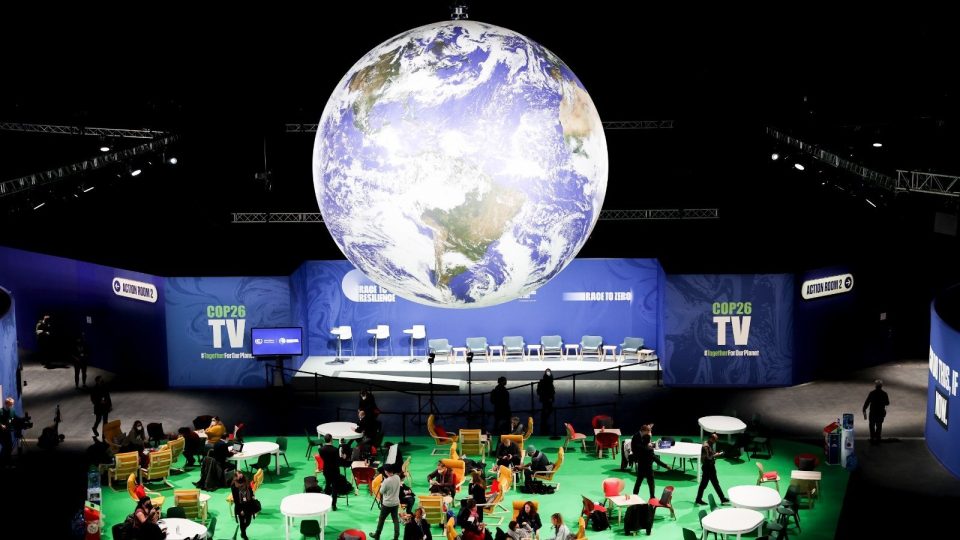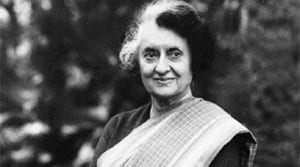
The Glasgow climate opportunity for India

The Glasgow Climate Summit was neither a cop-out nor a grand success that has produced an action plan for halting, leave alone reversing, global warming. It is a moderate success, as grand political compromises go, and global agreements among nations at various stages of prosperity and battling different kinds of development challenges are all political compromises. The principal failure is that rich nations have not committed to delivering negative emissions, instead of net-zero emissions by 2050.
Has it precipitated action that will contain global warming at 1.50 C above pre-industrial levels? Not quite. But it has made progress on reducing methane emissions, climate finance and adaptation. It has attracted flak for committing, at India’s instance, to phase down, rather than phase out, unabated coal. Just as India and other countries do not apply import duties as high as the binding tariffs they accept at World Trade Organisation negotiations, it is possible for India to commit to a less demanding target on coal and overdeliver in actual performance.
Gro Harlem Brundtland, former prime minister of Norway, who chaired the eponymously named Commission that brought out the report made popular as “Our Common Future”, recalled, in a podcast on the Glasgow summit, Indira Gandhi asserting at the Stockholm Conference of 1972 that poverty is the biggest polluter.

That was the first of the world conferences on the environment. It was only natural for India’s then prime minister to pinpoint the conflict between the demands of eliminating poverty as fast as possible and at the lowest cost possible and the goal of making the world a more sustainable place. That conflict continues to play out today, as the focus has shifted to global warming and climate change.
The people of India have the right to raise their standard of living across the board to levels that permit freedom from the drudgery of poverty and set human creativity free from scrounging for subsistence, to focus on the larger challenges of humanity. That will mean people shifting to towns, building more and better homes and workplaces, travelling more, constructing and using road, rail and other modes of transport, and consuming a whole lot more energy at work and play and for the convenience and comforts of existence.
That energy will have to come primarily from coal, the most abundant energy source in the territory of India. That is why India is chary of committing to phase out coal, even if the demand is to phase out unabated coal, meaning direct burning of coal without any effort to reduce its greenhouse gas emissions. There is every reason for India to phase out the use of unabated coal.
Also read: Effectively reducing methane in air can wind back global warming by 15 years
With the kind of technology currently available, it is possible to convert coal into natural gas and use that gas for producing power. That cuts emissions by half. But it is possible to cut emissions from direct burning of coal by half as well, by switching from the current, inefficient thermal plants to large, modern Advanced supercritical thermal plants which permit near total combustion of coal and conversion of more than half the heat generated into power. This can be accompanied by scrubbing flu gases and capturing carbon dioxide and suspended particulate matter. India needs to do this to clean up its air, increasingly toxic in many parts of the land.
We need to develop technology to split natural gas, methane, which is one atom of carbon attached to four atoms of hydrogen, into hydrogen and carbon. We need to develop new chemistries that would permit the carbon so released as the starting block for synthesizing the entire range of petrochemicals, instead of using the derivatives of refined products of oil, and for producing carbon fiber, graphene and artificial diamonds, even if these are only good enough to take the place of sand in manufacturing concrete.
The hydrogen separated from methane is a very useful fuel that can generate power and fuel vehicles without producing any carbon dioxide. If hydrogen is burnt inside an internal combustion engine, some nitrogen might get oxidized as well, producing small quantities of greenhouse gases. But if used inside a fuel cell to produce power and water, hydrogen is a totally clean fuel.
Also read:India polishes its climate reputation at Glasgow
Private enterprise in India is gearing up to produce lots of low-cost hydrogen, essentially as a solution for the intermittency of renewable power, using power from wind or the sun to split water into hydrogen and oxygen. Hydrogen can be stored, transported and used to produce power as and when required, even when the sun does not shine and the wind does not blow.
Another way to resolve the intermittency of renewable power is to transmit power over long distances, across time zones, the technology for which has been making steady progress. Solar power takes up a lot of land, and deserts are the best place to deploy the solar arrays, even allowing for the fine dust that periodically has to be removed from the photovoltaic panels or concave mirrors that focus the sun’s energy. That desert could be in Australia, the Arab lands or Chile or China. Ultra-high voltage direct current transmission over long distances is a practical reality. Wireless transmission as microwave energy is in an experimental stage.
A large part of India’s energy requirement can be met from atomic energy, using thorium from the monazite sands abundant in Kerala and parts of Tamil Nadu. India’s nuclear deal with the US has liberated India from technology denial and granted India access to the ongoing international collaboration on fusion power. Both fusion power and already available technologies to produce fission power must aggressively be pursued to meet growing India’s energy requirements with minimal increase in greenhouse gas emissions.
India can more than meet its obligations undertaken at Glasgow. It needs to invest in developing the required technologies. The funds needed must be found internally. Climate finance, for which India made a strong pitch at Glasgow and which might be forthcoming, must be used for mitigating the effects of climate change: strengthening the shoreline against encroachment by rising sea levels, fortifying and widening stormwater drains to prepare for larger deluges, and so on.
Combating climate change cannot be relegated to occasional meetings of politicians of different countries too scared to take tough decisions that might displease a vocal section of their voters back home. It must be a relentless campaign, sustained effort to moderate consumption ambitions at decentralized levels and to generate new technologies and deploy them at scale at national and international levels.
If India were to develop technologies to suck carbon dioxide out of the atmosphere and make productive use of it, it would generate world-leading businesses and enable countries to achieve negative emissions in the 2030s, rather than net-zero by 2050, 2060 or 2070.
A California startup has cut out the ageing requirement for fine whisky. Suppose you could convert atmospheric carbon dioxide into ethanol — the Lawrence Livermore lab in the US already does that — imbue it with the needed flavours and age it in a week’s time, you could raise a toast to Glasgow, even if a certain local industry might say cheers with only half a heart.

